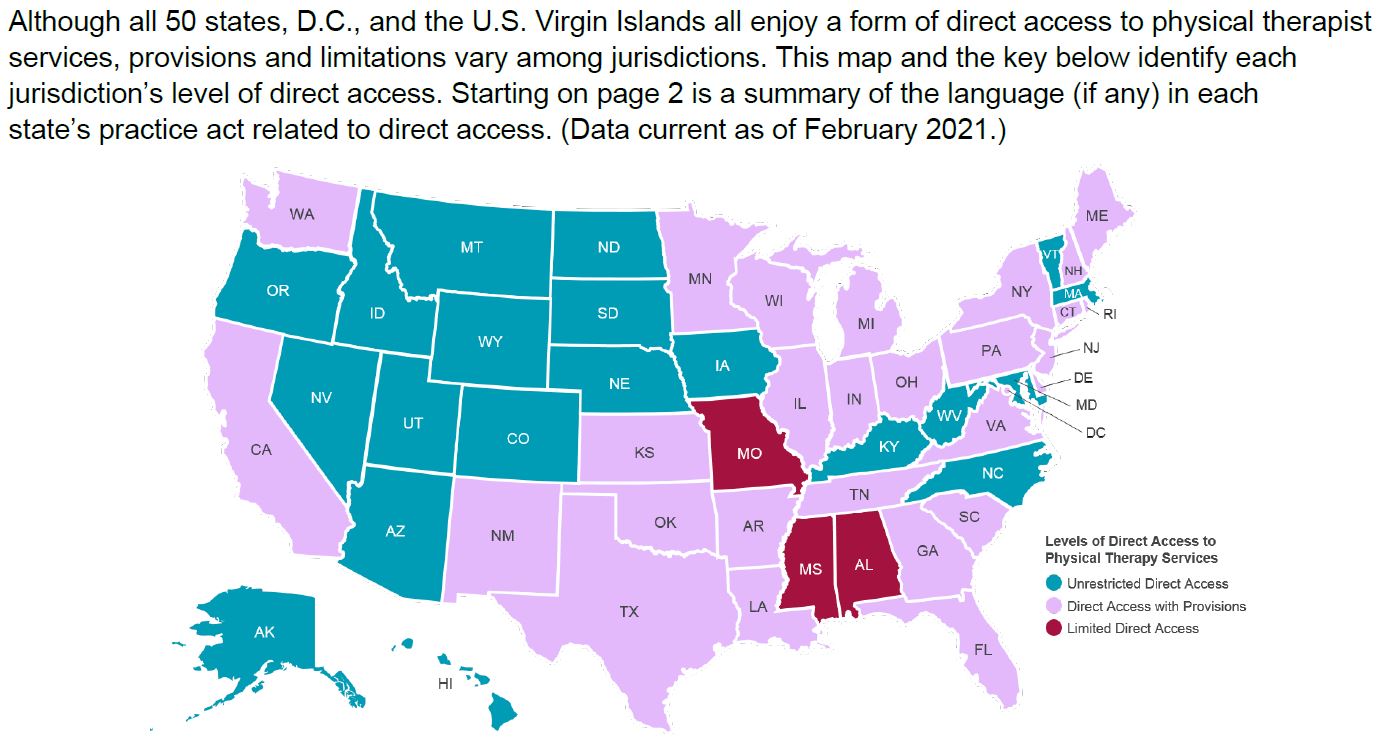By Jacqueline Crowell, PT, DPT
February, 2013
I come from the land of southern belles who have the tendency to keep their private parts potentially too private, being shy about medical guidance and assistance. This is not uncommon as many women all over the world have made excuses for their problems below the belt, blaming age and having children and therefore do not report their issues to their doctor. This became apparent to me when I was unable to find even one physical therapist (PT) that treated the pelvic floor in South Georgia in 2008. I had to move to Atlanta, several hours away, to learn more about the conditions that plague women and how to treat them. Pelvic floor dysfunction (PFD) is highly underreported and therefore undertreated. The numbers are staggering considering the lack of providers. The U.S. Department of Health and Human Services report 24% of all women are affected by one or more pelvic floor dysfunctions. Chronic health problems associated with PFD are estimated to increase by 50% over the next 30 years due to the increasing numbers of women reaching age 65. Major risk factors for PFD include pregnancy and childbirth, age, hormonal changes, obesity, lower urinary tract infections and pelvic surgery. Where are these women and the providers needed to treat them?
Physical therapy treatment for PFD has grown rapidly since the new millennium. More and more women are taking charge of their health. In August, 2011, Oprah’s website posted an article, “Physical therapy for your Lady Parts”.(http://www.oprah.com/health/Womens-Health-Physical-Therapy-Pelvic-Floor-Rehab. Physical therapy for the pelvic floor is treated much like physical therapy for any other body part. Treatment typically includes soft tissue mobilization, exercises, body mechanics training, and education. The pelvic floor is a key group of muscles which support the reproductive organs, bladder, colon and rectum as well as the pelvic girdle and lumbar spine. PFD can arise in women and men as a result of trauma, behavioral habits, constipation, obesity, or a host of other factors. For many people physical therapy has been the key to their recovery. A team approach to pelvic rehabilitation is often necessary. Gynecologists, obstetricians, urogynecologists, urologists, internists and family physicians are learning more about how physical therapy can help pelvic pain, endometriosis, and even interstitial cystitis.
We’ve established that Step One is admitting there is a problem. Step Two: who to go to for help? Hopefully you are in an area where you will have multiple options for physical therapists that specialize in the pelvic floor. It should be relatively easy to call the physical therapy office you are interested in and ask to speak with the PT you would be working with. The therapist for PFD treatment should have additional training in pelvic floor physical therapy. Inquire about treatment approaches and experience. After an evaluation, your physical therapist should educate you on what the problem is and give details of the solution. Feel free to ask any questions you may have as your PT should be responsive and encouraging of your inquiries and suggestions.
Remember, keeping quiet is not the answer. Good luck on finding your team to assist you in your rehabilitation!
Jacqueline Crowell, PT, DPT graduated with a Doctorate in Physical Therapy from Armstrong Atlantic State University in Savannah, Georgia. She has been practicing at BreakThrough Physical Therapy in Sunnyvale, California since 2010 specializing in pregnancy, postpartum and pelvic floor dysfunction.
For more information about pain and dysfunction associated with pregnancy and post-partum changes.
For more information about pelvic floor dysfunction please visit our Pelvic Floor Dysfunction page:



